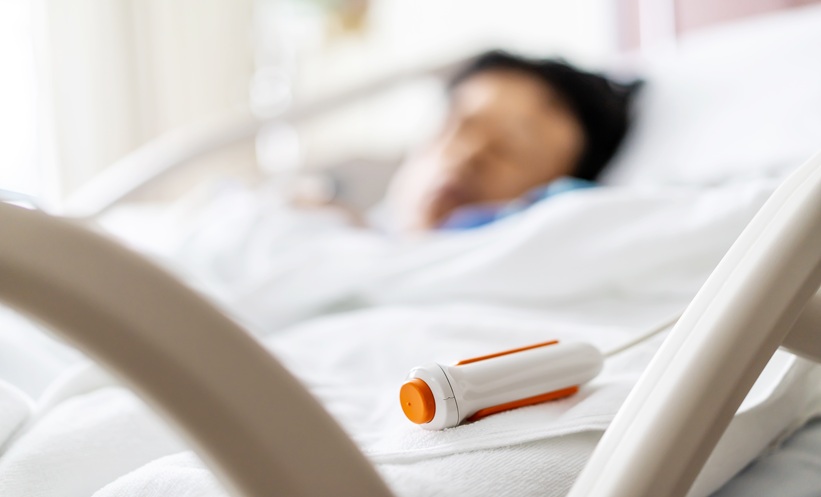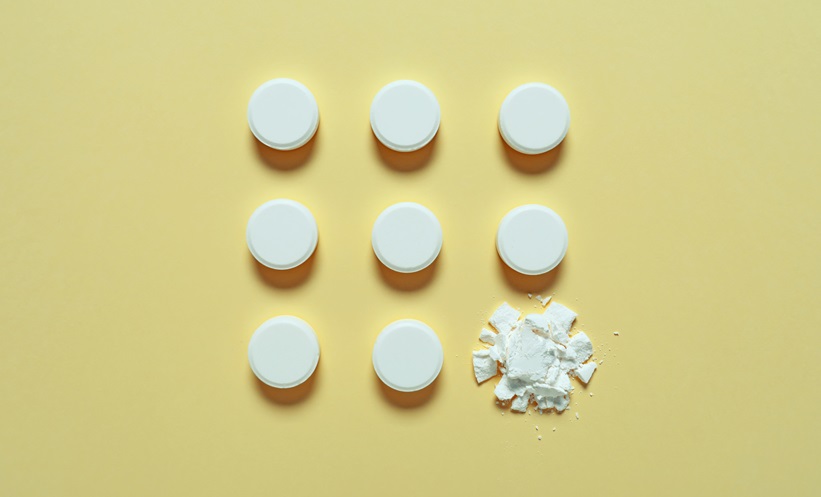Gout flares affect one in twenty stroke patients within a week, often the paretic limb, unveiling undiagnosed hyperuricemia.
Study Overview
This single-center cohort combined with a systematic review and meta-analysis evaluated the incidence, timing, and features of gout flares after acute stroke during hospitalization. Across three eligible studies including 13,722 patients, the pooled incidence of in-hospital gout flares was 4%, indicating a clinically meaningful post-stroke complication. Mean time to flare onset was 6.3 days after stroke, highlighting a narrow early window of risk in routine inpatient care.
Who Is Affected and How Flares Present
Most post-stroke gout flares occurred in men and followed ischemic rather than hemorrhagic events. Two thirds of flares involved the paretic limb, which can obscure recognition when pain reporting is limited. In the institutional cohort, delirium and aphasia were common among flare patients, which further complicates bedside assessment. Notably, more than half of flare cases reflected newly identified gout or hyperuricemia during admission, underscoring the value of systematic laboratory evaluation when joint swelling or acute monoarthritis arises after stroke.
Clinical Implications for U.S. Practice
The signal that gout flares cluster within the first week after stroke should prompt heightened surveillance in neurology and hospital medicine services. Consider serum urate testing and careful joint examination when new joint pain or swelling appears, especially in the paretic limb. Early recognition enables timely anti-inflammatory therapy. In the reported cohort, colchicine was used with complete symptom resolution, aligning with its anti-inflammatory profile. Given the potential overlap between systemic inflammation and vascular risk, prompt management of gout flares may also contribute to comprehensive secondary prevention strategies after ischemic stroke. Multidisciplinary coordination between neurology, hospital medicine, and rheumatology can help standardize evaluation pathways for suspected post-stroke gout flares and support discharge planning with appropriate follow-up for newly diagnosed hyperuricemia.
Gout Flares After Stroke: Key Takeaways
Incidence near 4% during hospitalization, mean onset around six days, frequent involvement of the paretic limb, predominance in men with ischemic stroke, and frequent first recognition of gout or hyperuricemia.
Reference: Panagiotopoulos E et al. Gout flares following acute stroke: a single-center cohort and a systematic review/meta-analysis. Neurol Res Pract. 2025;7(1):75.






